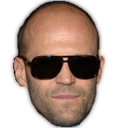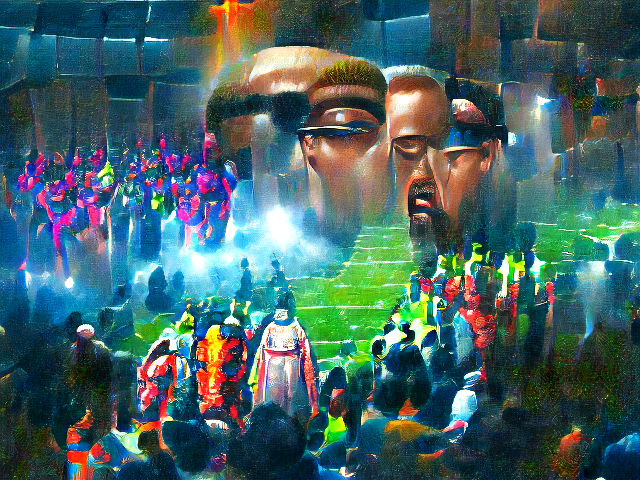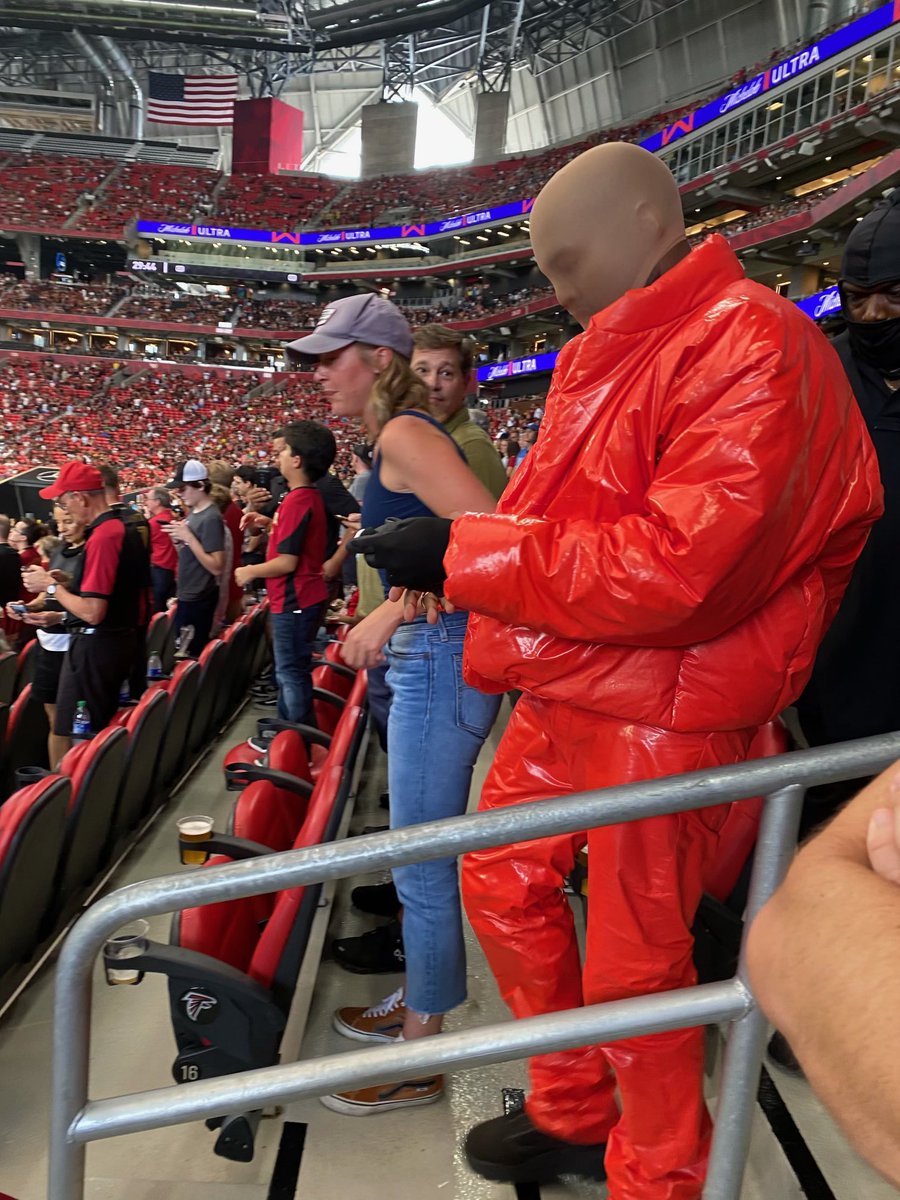
I am deeply invested in the competitive scene for Super Smash Bros. Melee. Melee is ostensibly a multiplayer party game, but the niche and insular scene of nutcases who play the game as a competitive fighting game (a category I once belonged to¹) has produced, since the game’s release in 2001, two decades of rivalries and history that are perhaps, in their depth and intensity, unmatched in competitive gaming.
A recent debate around this history is the discussion of the Greatest of All Time: that one player whose legacy is more impressive than any other. The two contenders are Adam “Armada” Lindgren and Joseph “Mango” Marquez. Armada, now retired, whose ten year career was characterised by a remarkable consistency in dominating his opponents that will almost certainly never be matched. Mango, who never reached the same peak and is liable to dropping sets he shouldn't drop, but who has been playing for longer, is still currently active, has been consistently one of the best in the world, and whose astonishing energetic spirit places him at the heart of most of the game’s greatest rivalries, including against Armada. Armada’s untouchable record speaks for itself, but it cannot now be added to. Mango, who has experienced highs and lows over his career, continues to produce more and more astonishing results, including what many are calling the greatest set of all time only last July.
Sometimes as an artist one is placed in a peculiar predicament: the case in which we believe that the most recent thing we have produced is the best thing we have ever produced. This can be a source of great joy, in that it suggests that one is at the height of one’s creative powers. The problem is that the feeling of achievement can be paralysing: one might feel that one’s most recent work is not only the best one has ever achieved, but the best one will ever achieve
Obviously this doesn’t ever usually stop anyone from making art, but it certainly changes things. There might be an observable change in the approach from the artist: a lessening of intensity as the frantic drive in the search for truth, now perceived as having been found, is lessened; a sudden left turn into inaccessibility as the artist loses faith in his ability to further innovate within the intersubjective aesthetic standards he once worked inside. This feeling may result in works better or worse, but however it is that the steaming sheep’s entrails happen to spill out in the wake of this disruption, we as readers and observers must play at haruspicy—reading the liver spots that suggest some contours of meaning in the subsequent corpse of the art.
Kanye West appears to be either immune or hyper-susceptible to this aesthetic violence, depending on how one looks at it. He infamously went on a five hour tweeting rant in 2016 in which he criticised Pitchfork giving The Life of Pablo the unacceptably low score of 9/10—“Pitchfork, the album is a 30 out of 10”. He quite obviously believes, after every album he ever makes, that the most recent one is his best. This is probably because Kanye appears to be inflicted with a curious combination of both an intense empathy and interest in people, and a hyper-individualist solipsism. One gets the impression that his legendary obsession with his own self—both the love for and hatred for that self—is not borne of selfishness so much as necessity, in that his own head is the only one he has direct access to.
For Kanye, whose aesthetics are deeply informed by pictures of the Individual Genius and the notion that art’s highest purpose is the expression of the self, his most recent album must necessarily be his best. The Kanyes who produced College Dropout and My Beautiful Dark Twisted Fantasy are husks and shadows of the true Kanye, who exists as the result of an inexorable progression of history towards a now finally completed Overman. No matter how technically colossal his prior achievements are, they are the expressions of ghosts.
In HUMBLE, Kendrick Lamar says “if I quit this season I’ll still be the greatest”. If I pretend for a moment that I am interested in viewing music through the lens of a canon—a collective understanding of the unassailable masters of the art and the documents they produced, I can see that he has a point. Hip hop has a tendency, perhaps a troubling one, to produce saints. Nowhere is this more visible than in the veneration of Tupac Shakur, whose premature death left behind a scripture. Had Kendrick quit after the release of DAMN., he probably would not have totally eclipsed Tupac as the central figure of mystique in hip hop, but if he had been killed then there is no doubt that his Icon would come to dominate the picture of hip hop for decades.
Hip hop is now the most popular and visible genre of music on the planet, and its biggest stars have long since left behind their paltry millions for billionaire status. The contradiction at the heart of contemporary blockbuster hip hop is that the intersection of racism and poverty that informs the genre at its grassroots cannot be alleviated by the enormous fortunes and status. This tension is obvious, and repeated so often that it has long been rendered banal—the purpose served by my outline of it here is to make you aware of it the way one becomes aware sometimes of how the tongue sits in the mouth. It’s always in Kanye’s music, suddenly bulbous and wet whenever one actively pays it any attention.
Kanye West has no interest in quitting or dying (at least not in getting shot), and he is going to carry on tampering with his legacy at least until climate catastrophe destroys civilization. The argument that Mango deserves to be called the Greatest of All Time depends on his continued ability to stay near the top, but Kanye’s case seems eerily transcendental in that it is independent of the thing that produces his case—the music itself. The iconography of hip hop and the meme fueled discourse of the internet both enshrine Kanye as an indelible and indispensable figure in pop culture, and it is his unique instability as an icon (not as a person—I have no interest in pathologising him) that produces this paradox of the living saint. Canonised rock-stars like Paul McCartney and Robert Plant are alive insofar as they are people who continue to draw breath, but their iconography depends on a static body of work which has not been meaningfully added to or recontextualised for close to half a century. Kanye somehow exists simultaneously as an afterimage of his reputation and as a turbulent blitz of living ridiculousness—the former’s stasis depending on the very flux of the latter.
When 808s and Heartbreak introduced the jagged minimalism of synthpop into the vocabulary of hip hop, it led directly to the fortunes of Drake and The Weeknd. Now that Kanye is consumed by an obsessive iteration of his own ideas, he produces documents that chase the signs and signals of his prior work. The soul and funk chops and muffled percussion of his 00s work makes itself heard (barely, desperately) in strangled gasps over the recursive mirror images of the 10s—the recycling of influences as trap and synthpop and pop-rock are translated back and forth, over and over, in lossy formats. They come out the other side as Donda, looking dented and cubist.
Drums are barely present. Kanye appears now to distrust the idea of music for its own sake, and an atmospheric synth-sighing is here designed to support what amounts to more of a collage of cryptic manifestos than to bars, hooks and choruses. The vocals of soul and gospel are historically considered almost axiomatically as a sort of transubstantiation—an embodiment of the spirit in the superlatively human flesh and blood of lungs and larynx working overtime. That these vocals are then layered over this field of digital ethanol-smoke tells us that Kanye has lost control of his own curated disgrace. Gone is the calculated force of screaming through an autotune about MDMA over a sample of Strange Fruit on Blood on the Leaves. As long as Kanye’s Afrofuturism continues to take the form of the dystopia of football-stadium Evangelicalism, these samples—and even original vocal parts from Jay Z and Pop Smoke are treated as such—are dislocated from their bodies and left as yelping, floating mouths.

Donda is perhaps the most futuristic album ever, in the sense understood by Mark Fisher, because it is obsessed with the notion that time does not pass. All the arrangement of musical ideas across a musical space must take place in the past, which is compressed as Kanye squeezes in more and more ideas into the infinitesimal space between the most recent past and now. Donda’s recursivity turns itself inside out as it is crumpled against the impassable wall of now. So important to pop music as a marker, the present moment—both as a literally understood actual position in space-time and as a symbol of the cultural zeitgeist—bounds Kanye’s experimentation from the front.
Donda is the most recent instance of Kanye’s projection of himself as an artist at the height of his powers (whether this is true or not, or whether such a thing can even be true, is irrelevant) but it seems so self evidently to think of itself as a magnum opus that what can come next for Kanye can only be one of the three things. The first is death. We all hope this is not what will happen: I mention it here only to note its unfortunate possibility. The second is an artistic death, which would consist in an ossification and a succumbing to complacency. This is what has happened to Robert Plant, an artist who hasn’t said or done anything for decades despite constantly releasing new albums that are usually enjoyed by his fans, but never preferred to his canonised work.
The third is more peculiar. It is that, in line with everything we know about Kanye and his career up until now, he will continue to evolve and shock and experiment. Sometimes he will produce beautiful work, and sometimes he will embarrass himself, and sometimes, when his muse is really singing, he will do both at once. As time marches on, and Kanye West continues to believe he has produced his magnum opus every time he puts out an album, Donda will age. What is now both a specific picture of his every neurosis and a perennial image of loss and trauma will become a snapshot of a disintegrating man. The latest in a string of once unspoken dedications to his mother, this most recent portrait bears her name. As Donda now communicates an anxiety over an inability to move on and to heal, an inability that Christ has not alleviated, this open wound will be forever communicated as an afterimage.
Kanye West the man will age, and his images of finality will supersede this one. As history continues to march inexorably on, the present Kanye must continuously reflect its final stage. Kanyes once considered completed and whole are revealed to be defective in some way. In an inversion of the mythology of Kanye, characterised by a stasis and an internal inferno that mutually create each other, this document is an image of a frozen man who cannot grow or heal, but is denied stability as it is continuously disowned by the successive images of perfection in its author. It seems then to preclude the possibility of further iteration, but we know in practise that this is something it can never do. As time puts more and more distance between Kanye and the death of Donda West, the trauma never lessens, because it can only be approached as an already mediated and aestheticised image of meaning, printed on a plastic cel.
(We gawk at it.)

¹ An update from 2024: I am once again competing in Melee, and have accrued historic wins over Pizza Time winner "Pjon" and 80% of the town of Walsall.
Oxymoron: A Philosophy of History in Avant-Garde Jazz
Three Trains of Thought From the Barbican, 7th of October
Hyperoptics: Lessons From Cinematic Vision